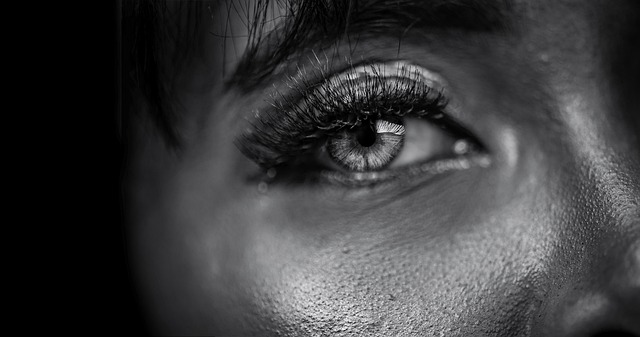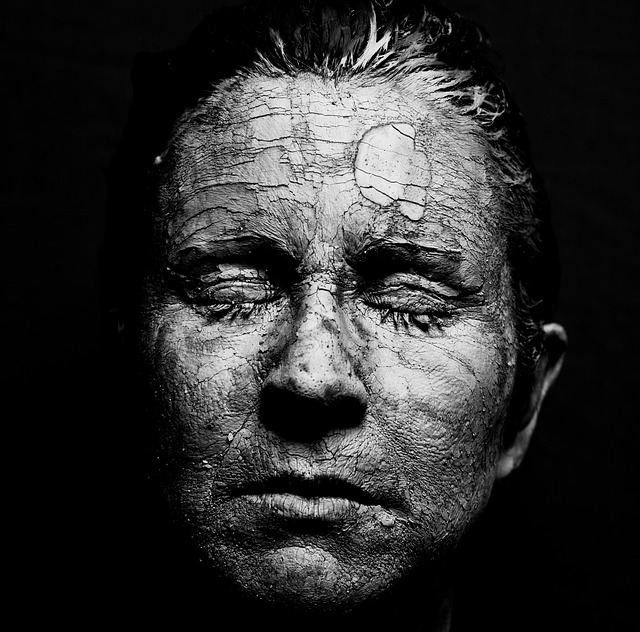Image alt text is vital for web accessibility and Page SEO, providing contextually relevant descriptions to screen readers and search engines. Well-optimized alt attributes improve site rankings by aiding search indexation, benefiting both visually impaired users and overall online visibility. A specialized SEO agency can ensure effective alt text optimization.
Image alt attributes are vital for enhancing both accessibility and search engine optimization (SEO). This text provides insights into how these descriptive alternatives improve user experience, especially for visually impaired individuals relying on screen readers. We’ll explore its role in SEO, the benefits it brings to accessibility, its impact on semantic search, best practices for writing effective alt text, and how it can influence page rankings in search results.
- Understanding Image Alt Text Role in SEO
- Accessibility Benefits of Alternative Text
- Semantic Search and Image Descriptions
- Best Practices for Writing Alt Attributes
- Measuring Impact: Alt Text and Page Rankings
Understanding Image Alt Text Role in SEO

Image alt text plays a pivotal role in enhancing both accessibility and the semantic understanding of web pages, which is crucial for overall user experience. Search engine optimization (SEO) also benefits immensely from well-crafted alt attributes. These textual descriptions serve as an alternative to visual content, making it accessible to users with visual impairments who rely on screen readers. This simple yet powerful feature ensures that everyone can understand the context and purpose of images on a page.
For Page SEO, incorporating descriptive and relevant alt text is a strategic move. It allows search engines to better index images, improving the overall visibility of the page. A Page SEO Agency or Page SEO Company that understands this aspect can offer valuable services like optimizing alt tags, ensuring each image communicates its essence effectively. Visit Find us at Digitaleer or learn more at Digitaleer SEO & Web Design to explore how our Page SEO Services can elevate your online presence. For immediate assistance, call us at (855) 930-4310.
Accessibility Benefits of Alternative Text

Alternative text, or alt text, is a critical component of web accessibility that plays a pivotal role in enhancing the online experience for users with visual impairments or other disabilities. By providing descriptive and contextually relevant descriptions of images, it allows screen readers to convey the same information to these users as they would if they could see the visuals themselves. This simple yet powerful feature ensures that everyone can access and understand the content on a webpage, fostering an inclusive digital environment.
For instance, when someone who is visually impaired uses a screen reader, the alt text is read aloud, enabling them to grasp the image’s purpose and context. This accessibility benefit extends beyond individual users; it also improves Page SEO for local businesses. Search engines use alt text to index images, which can significantly enhance a website’s visibility and ranking. At Digitaleer SEO & Web Design, we understand this crucial aspect of web development. Our team specializes in crafting compelling and accessible content, including optimizing alt text to boost your Page SEO Agency efforts. Find us at Digitaleer or call (855) 930-4310 to learn more about our comprehensive Page SEO Services.
Semantic Search and Image Descriptions

In the realm of digital content creation, semantic search has emerged as a powerful tool that goes beyond traditional keyword matching. When an image is properly described with an alt attribute, it becomes more than just a visual element—it becomes data for search engines to interpret and understand. This process enhances accessibility by enabling visually impaired users to perceive the content through screen readers, but its benefits extend far beyond that. By providing detailed descriptions, developers and page SEO agencies like Digitaleer ensure that search engine algorithms can comprehend the context, purpose, and relevance of images on a web page, leading to more accurate and semantically rich search results.
Imagine a user searching for “a historic landmark with intricate architecture.” If each image on the search results page is accompanied by an informative alt text describing its unique features, the search engine can better match these descriptions with user queries. This enhances the overall SEO (Page SEO, specifically) by improving click-through rates and user engagement. At Digitaleer SEO & Web Design, we find that this strategic approach not only helps clients achieve better rankings on local SEO pages but also fosters a more inclusive online environment for all users, including those relying on assistive technologies.
Best Practices for Writing Alt Attributes

When crafting image alt attributes, it’s crucial to keep them clear, concise, and descriptive. The primary goal is to convey what the image communicates visually to users who are unable to see it. Avoid generic phrases like “image of a dog” and instead opt for specific descriptions that provide context. For instance, “Golden retriever playing fetch in a park” gives a better understanding of the scene. This not only enhances accessibility but also aids search engines in indexing images correctly, improving page SEO.
Best practices include keeping alt attributes under 125 characters to maintain readability and ensuring they accurately represent the content without redundancy. Using keywords relevant to your content can help with Page SEO and Local SEO efforts, especially when aligned with your website’s overall strategy. Remember, these attributes serve as a bridge between visual elements and users with diverse needs, making your online presence more inclusive. To learn more about how Digitaleer SEO & Web Design can assist you in optimizing your page for search engines, find us at Digitaleer or call (855) 930-4310.
Measuring Impact: Alt Text and Page Rankings

Image alt attributes play a significant role in enhancing page SEO, making your website more accessible and understandable to search engines and users alike. These descriptive text alternatives serve as a bridge between visual content and those who rely on screen readers or have low vision, ensuring everyone can grasp the information conveyed by images.
Furthermore, incorporating well-crafted alt text can positively impact your site’s rankings. Search engine algorithms consider this attribute when crawling and indexing web pages. By providing clear and relevant image descriptions, you offer valuable context to search engines, helping them understand your content better. This can lead to improved page rankings, making your website more visible and attractive to potential visitors, especially those who rely on visual accessibility tools or conduct searches with specific keywords related to the images on your site. To optimize this aspect, consider engaging a Page SEO Company like Digitaleer to ensure your alt text is not only descriptive but also optimized for relevant keywords, ultimately boosting your online presence.
Image alt attributes play a pivotal role in enhancing both accessibility and page SEO. By providing descriptive and relevant alternative text, you not only improve the user experience for visually impaired individuals but also enable search engines to better understand your content, leading to potential increases in page rankings. Implementing best practices for writing alt attributes ensures that your website is inclusive and optimized, ultimately contributing to its overall success in the digital landscape.
